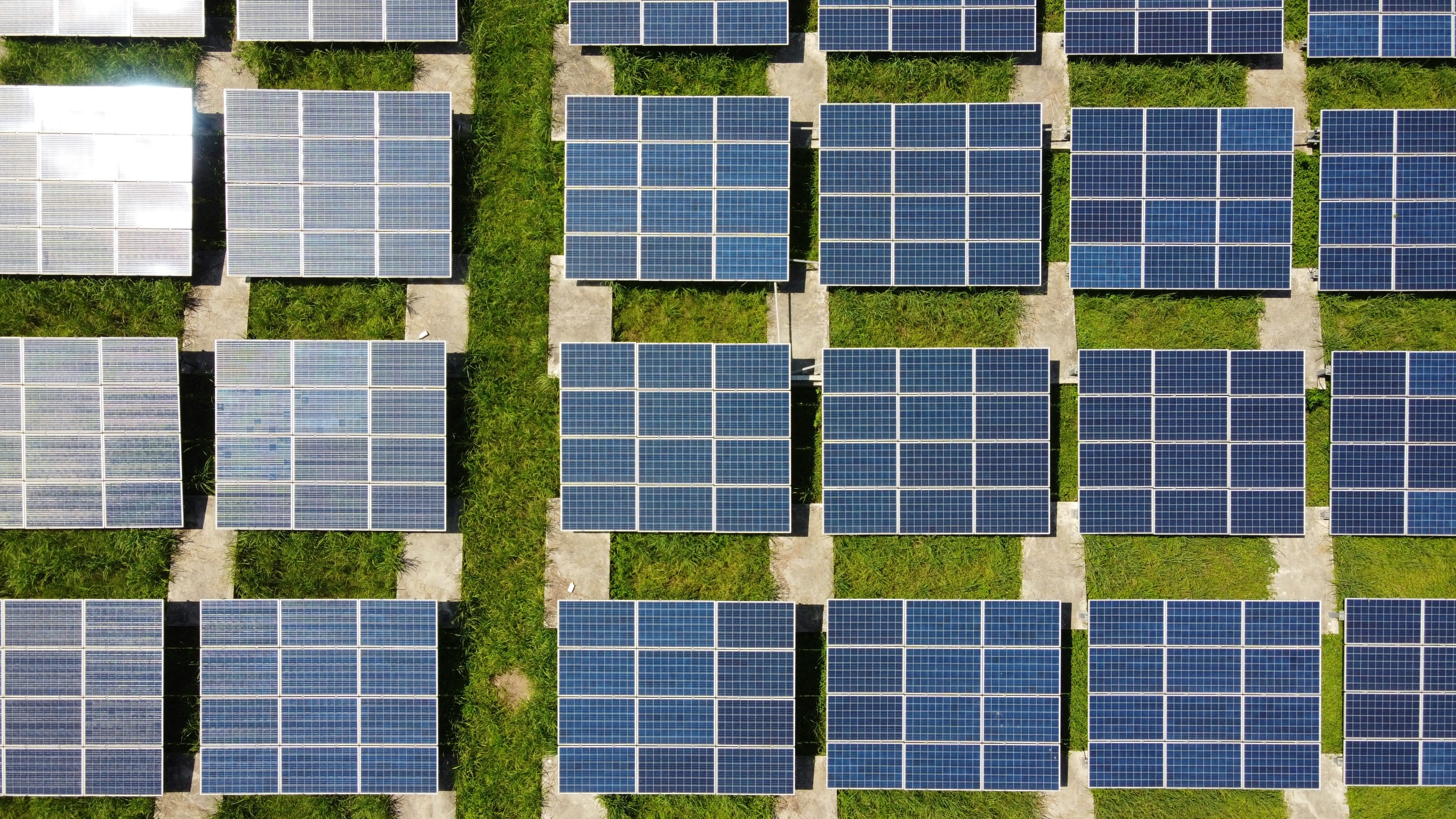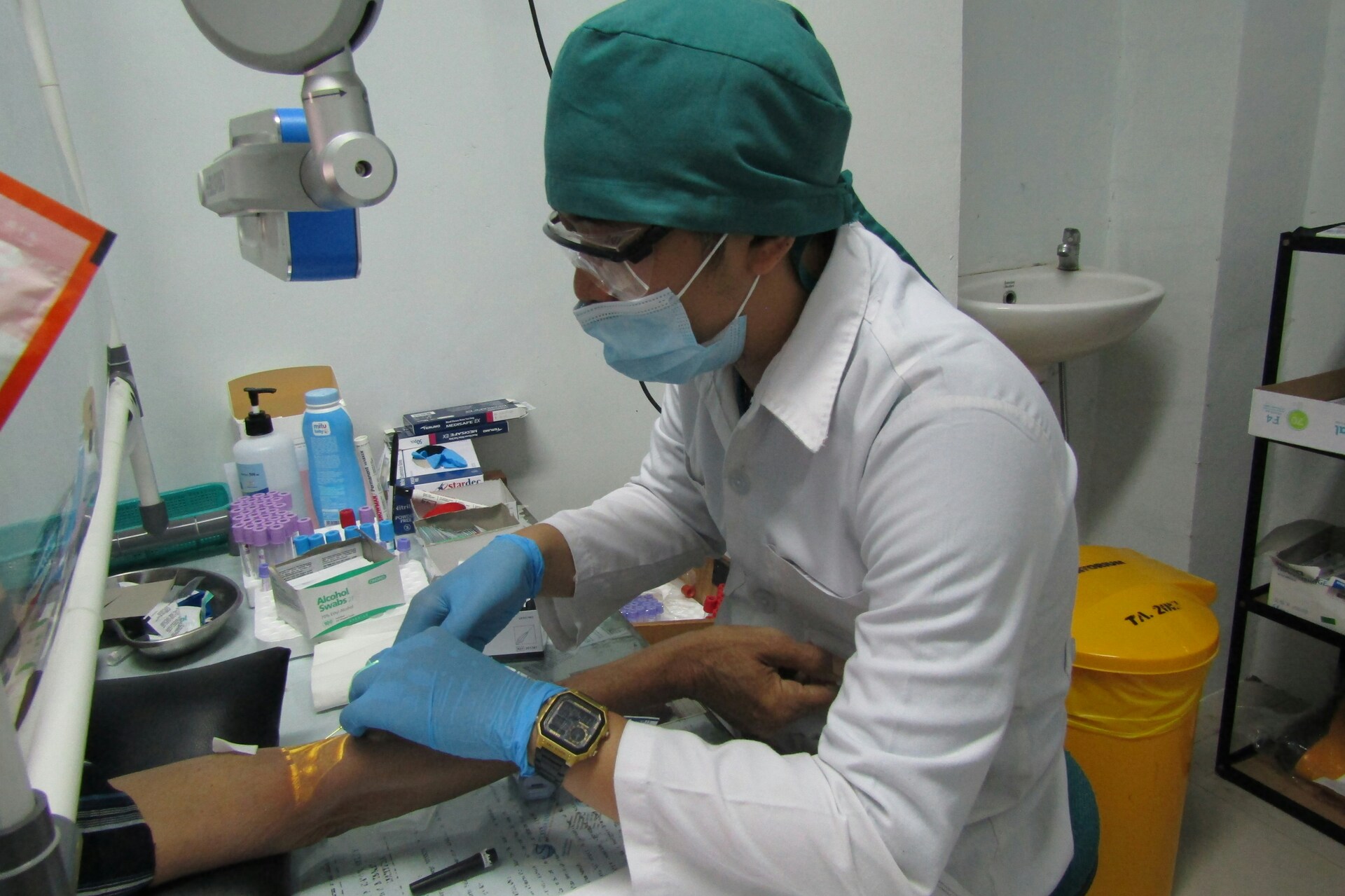This paper illustrates the political development and potential risks in the Aceh reconstruction process after the signing of Helsinki MoU.
This working paper illustrates the political development and potential impacts/risks in the post tsunami Aceh reconstruction process, particularly after the signing of the peace agreement in Helsinki, August 2005. The signing of the Memorandum of Understanding (MoU) is indeed a decisive momentum that marked the transformation of the political landscape in Aceh in the process of healing a region torn by conflicts and tsunami. The signing of the peace agreement is, nevertheless, the easiest part of the peace building efforts. Challenges and complications are manifold.
This paper will briefly brush on the 30 decades of conflict in Aceh and identify aspects of conflict in Aceh post-MoU. Afterwards, this paper will highlight the effect of tsunami toward governments policies, how the policy has shifted and how the political constellation develops. It will also depict governments efforts to win the hearts and minds of the Acehnese and where civil society fits in. In the last part of the paper, some critical aspects of future outlook will conclude this depiction.
This working paper is also one part of a book, titled ` A new dynamic for peace? Post tsunami reconstruction and its impact on conflict resolution`, published by Friedriech-Ebert-Stiftung (FES) Germany. The author would like to thank FES for the support given to the study and for allowing the article to be uploaded as CSIS working paper for wider access.







